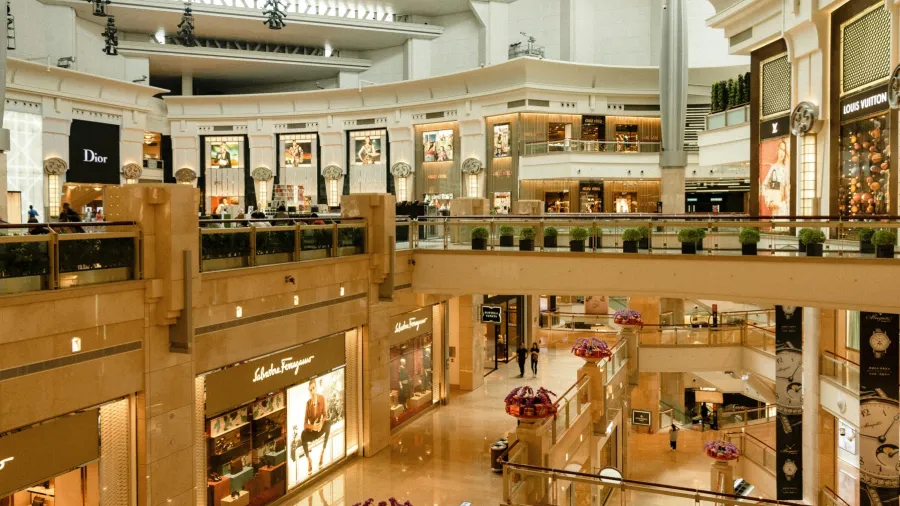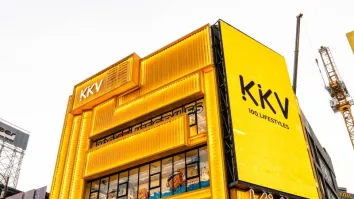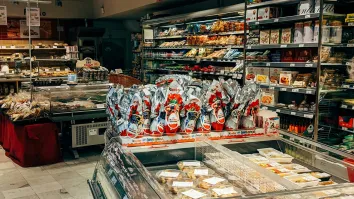
Global luxury spending to reach $1.6t in 2024
Growth expected is just between -1% and 1%.
Global luxury spending is projected to reach nearly $1.6t (€1.5t) in 2024, showing little change from 2023, with growth expected to be between -1% and 1%, according to Bain & Company’s latest report, in partnership with Altagamma.
The personal luxury goods market is experiencing its first slowdown since the Great Recession, excluding the COVID-19 period.
The report predicts a -2% decline in this sector compared to last year. Rising prices and macroeconomic uncertainty are causing consumers, especially Generation Z, to scale back purchases, resulting in the loss of 50 million luxury consumers over the past two years. However, high-net-worth individuals continue to drive the majority of luxury spending.
“Luxury spending has shown remarkable stability this year, despite macroeconomic uncertainty, largely driven by consumers’ appetite for luxury experiences,” said Claudia D’Arpizio, Bain & Company partner and leader of the firm’s global Fashion & Luxury practice, the lead author of the study.
"This is a signal for brands that it’s time to readjust their value propositions," she said.
According to the report, luxury experiences, such as travel and social events, are thriving as consumers prioritise personalised service and wellness over physical goods. High-end items like yachts, private jets, and luxury cars are also seeing strong demand.
Beauty products, particularly fragrances, are also popular as consumers seek smaller indulgences. Eyewear is also growing due to increased brand creativity and demand for high-end options.
Moreover, jewelry remains strong, especially high-end pieces in the U.S., whilst watches, leather goods, and shoes are seeing slower sales as consumers become more selective. However, small leather accessories and entry-level luxury items are still appealing to Generation Z.
Additionally, the secondhand luxury market is growing, especially in jewelry and vintage items.
The report noted that outlet stores are outperforming full-price retail as consumers seek value, making outlets a popular entry point for new buyers. Meanwhile, online sales are normalizing after the pandemic surge. To bring traffic back to stores, it noted that brands need to offer unique, personalised in-store experiences.
Japan continues to lead in luxury market growth, buoyed by favorable currency rates and a surge in tourist spending during the first half of 2024. However, growth has recently slowed as prices realigned.
China, on the other hand, has seen a sharp decline in luxury spending due to weak domestic demand and reduced tourism.
The luxury market is expected to show modest improvement in 2025, depending on macroeconomic conditions. By 2030, the market is forecast to enter a long-term growth phase, driven by a larger, more affluent consumer base.

















 Advertise
Advertise





